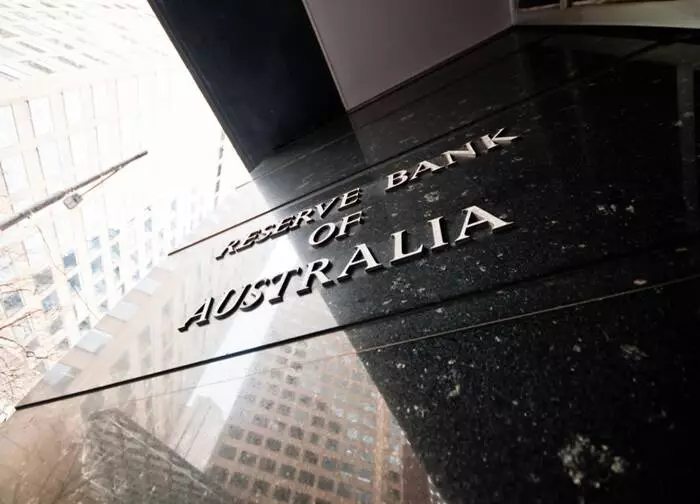As the Reserve Bank of Australia (RBA) prepares to release its latest rate statement and follow-up press conference, the atmosphere is tinged with cautious anticipation. Market analysts expect that the RBA will maintain a data-driven stance during its discussions. This session will likely focus on the recent advancements in disinflation, but without revealing specific intentions for future interest rate cuts. Instead, the RBA is poised to offer a synopsis of its updated economic forecasts, including critical metrics such as GDP, unemployment rates, inflation, and the Cash Rate—elements that will be meticulously scrutinized by market stakeholders.
The State of Inflation and GDP Growth
Recent reports indicate a modest decrease in inflation, with headline figures falling to 2.4% in Q2 2024 from 2.8% in Q3 2024. This threshold not only aligns with the RBA’s target range of 2-3% but also suggests a shift toward stabilizing prices—signals that could influence the RBA’s future policy decisions. The trimmed mean inflation, which the RBA prefers for assessing underlying inflation trends, showed a decline to 3.2% year-on-year in Q4 2024, down from 3.5% in the previous quarter. While it is a positive development, the RBA may still exhibit caution due to inflation’s proximity to the upper limit of its goal.
Conversely, the GDP report highlights a broader economic deceleration. The annual growth rate dropped to 0.8% in Q3 2024, down from 1.0% in Q2. Quarter-on-quarter growth also showcases a sluggish progression of just 0.3%, which raises concerns regarding the resilience of the Australian economy. This cooling growth suggests that while disinflation progress is favorable, economic momentum remains tepid.
Employment Trends and Market Reactions
Despite the dampened growth and easing inflation, the labor market presents a paradoxical outlook. Employment rose significantly, with an addition of 56,300 jobs, well above market expectations of merely 15,000 and surpassing previous revisions. Moreover, wage growth appears to be steady, indicating a dynamically stable employment environment. This robust job market may act as a buffer for the RBA, providing some rationale against hasty rate cuts amid the uncertain economic landscape.
Market observers are also closely analyzing the implications of these economic indicators on the Australian dollar (AUD). Last week, the AUD/USD pair grappled with resistance levels between US$0.6417 and US$0.6364, influenced by multiple technical factors, including Fibonacci levels and horizontal resistance. This volatility underscores the intricate interplay between domestic economic performance and international currency fluctuations.
Overall, it seems that while the RBA may find comfort in the signs of easing inflation and a robust job market, the cloud of slow economic growth will heavily weigh on its policymaking. The central bank’s forthcoming stance will likely reflect a deliberate and measured approach. Traders and analysts alike must be prepared for a slow and steady course of action with the Cash Rate, adjusting their strategies to the nuanced shifts in economic data and market sentiment that will unfold in the coming months.

